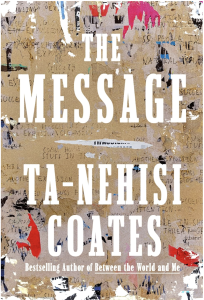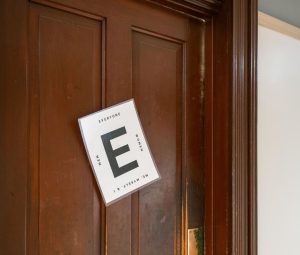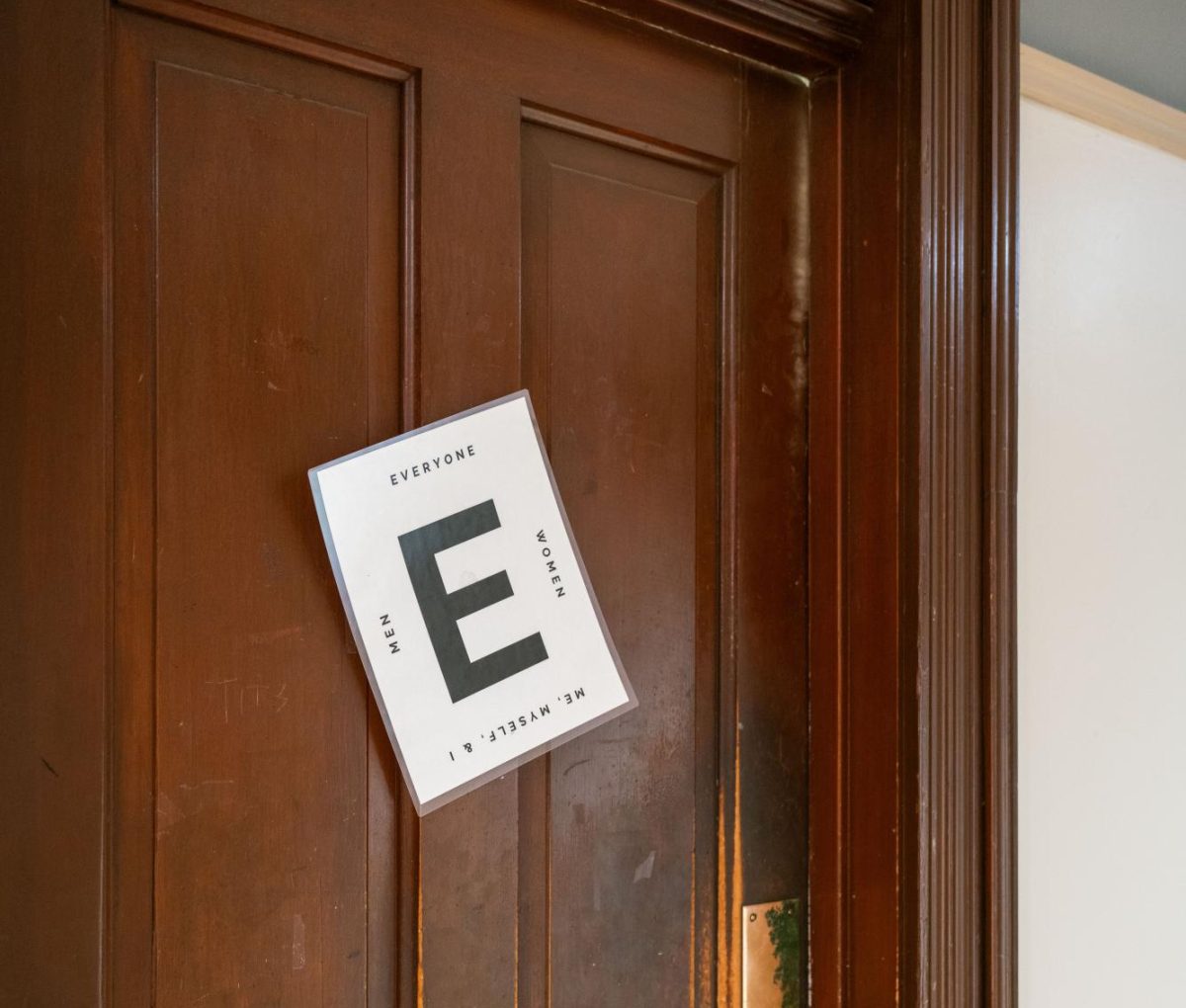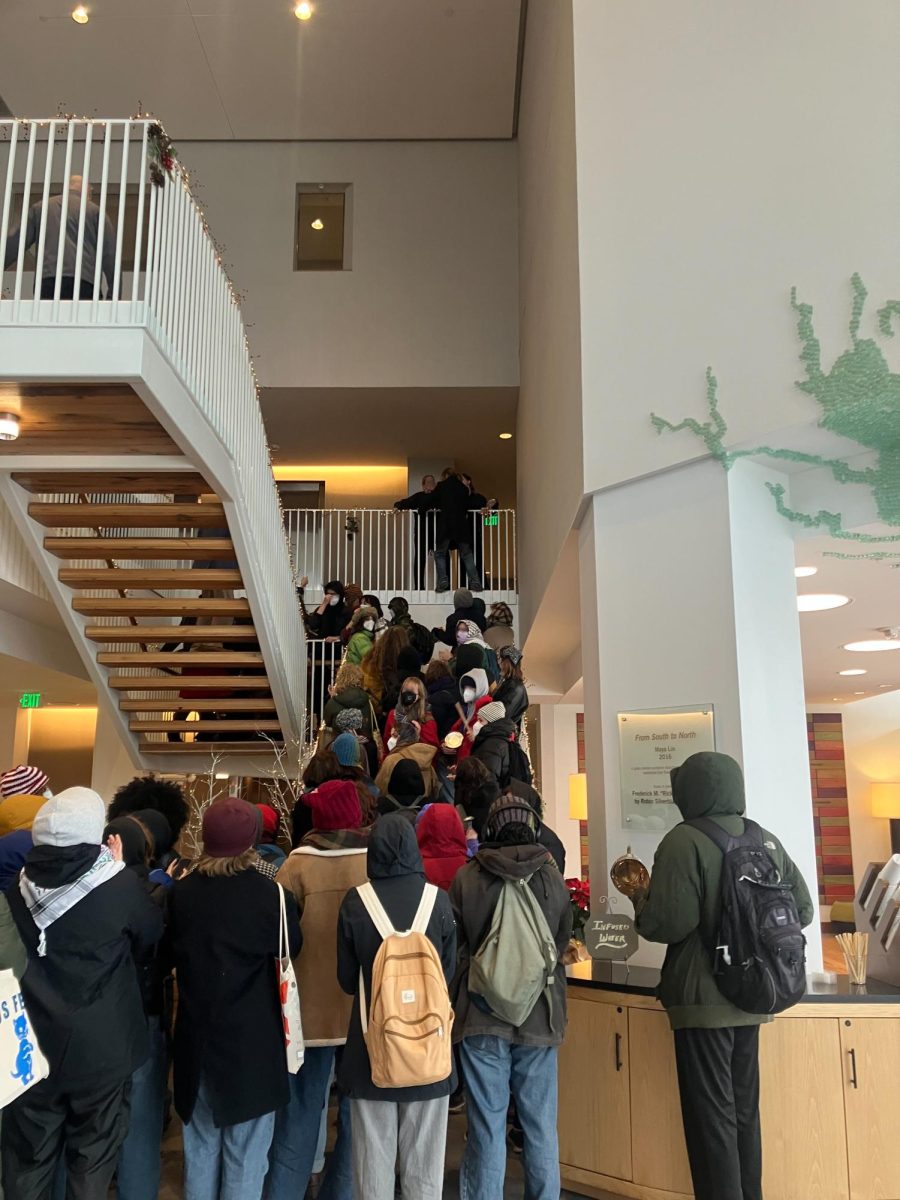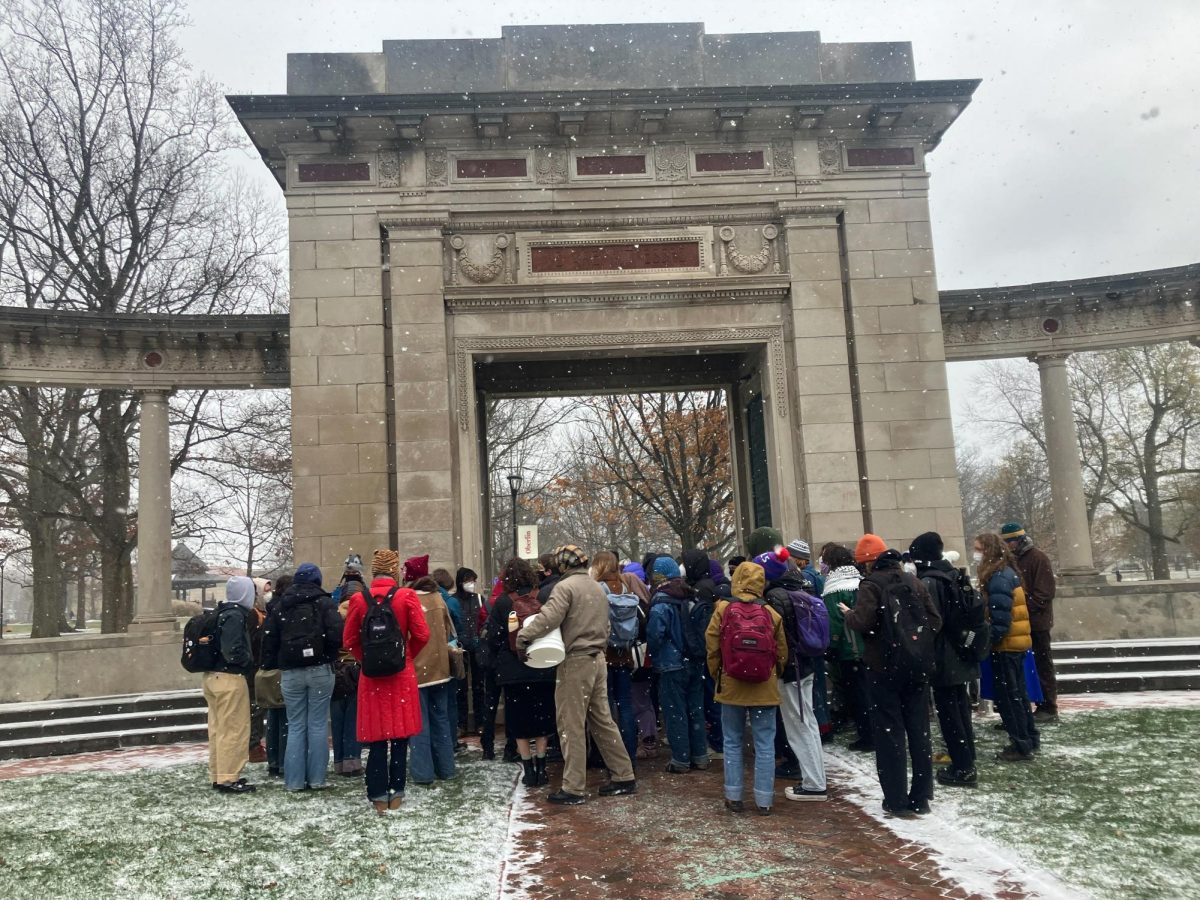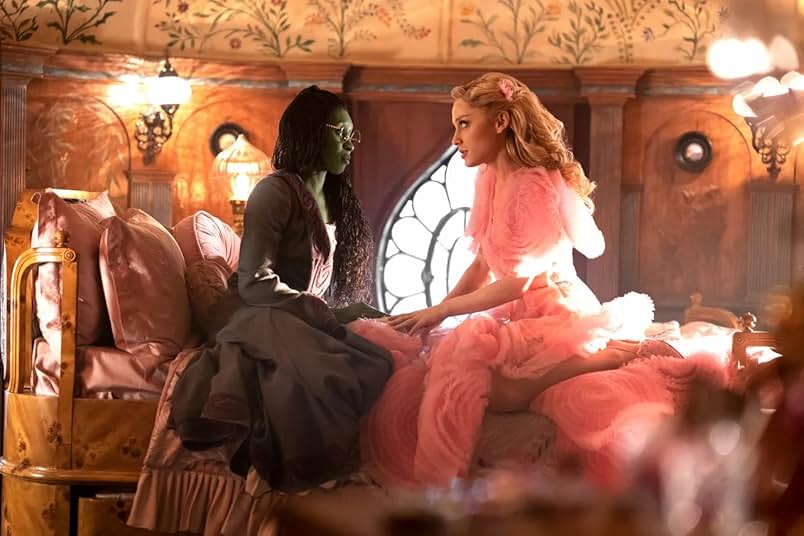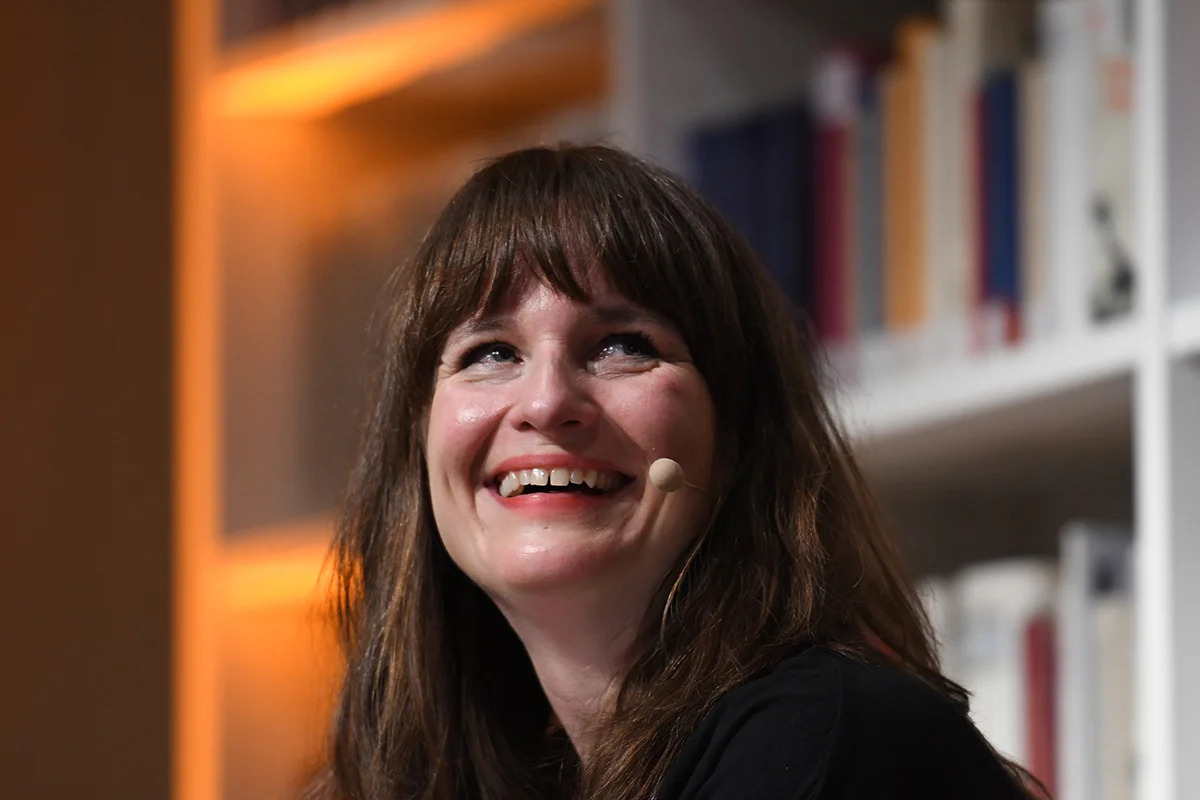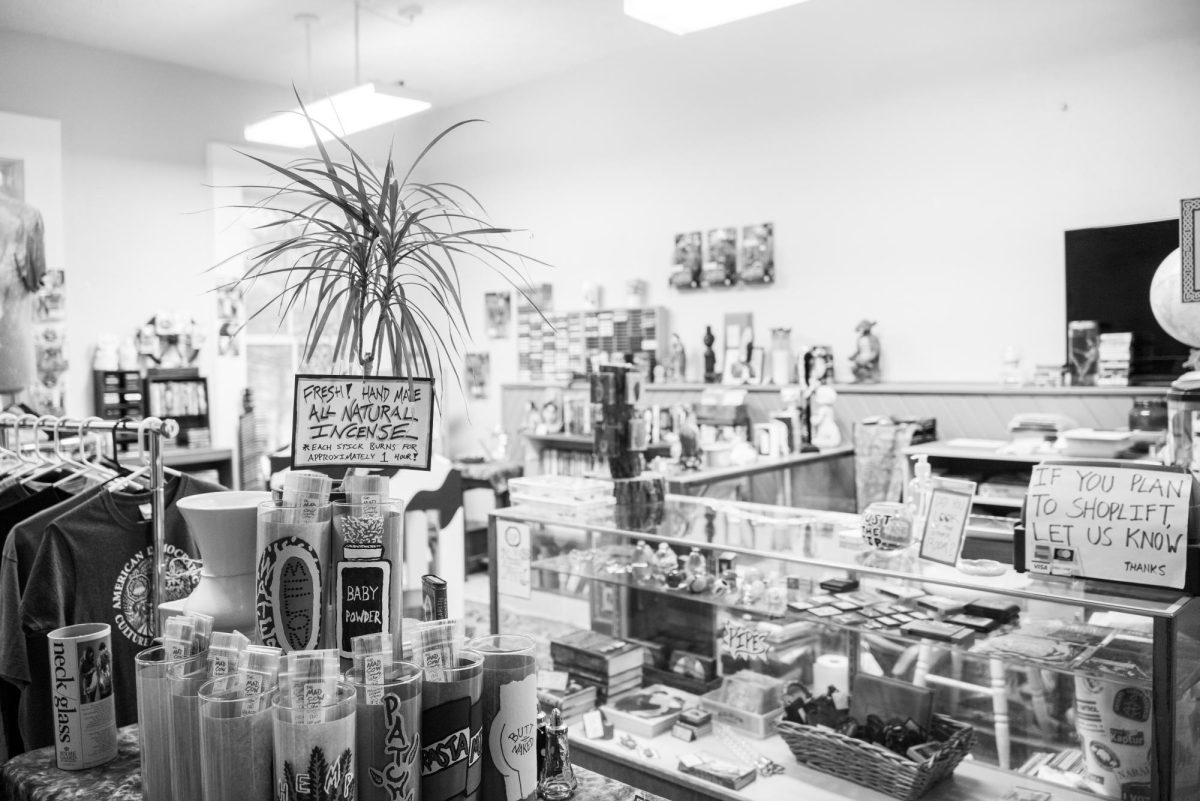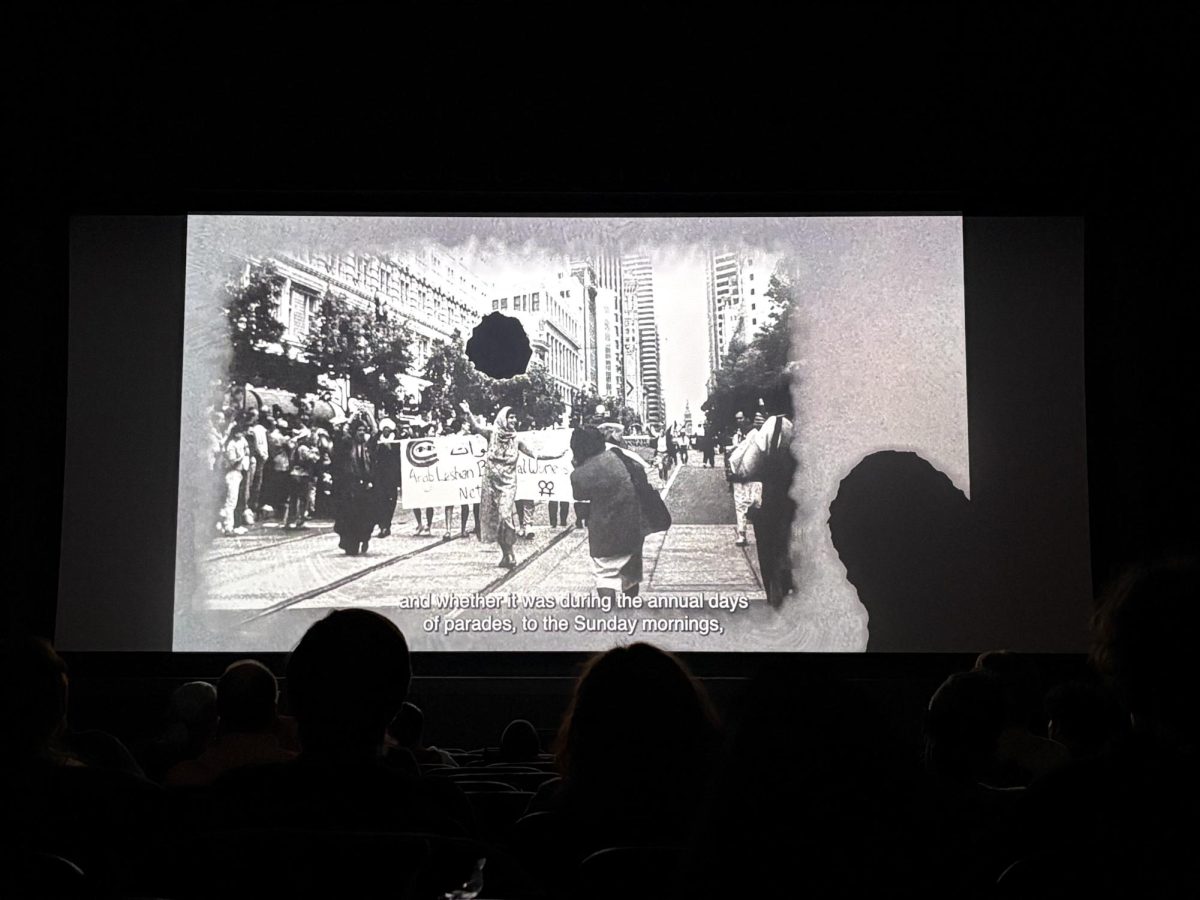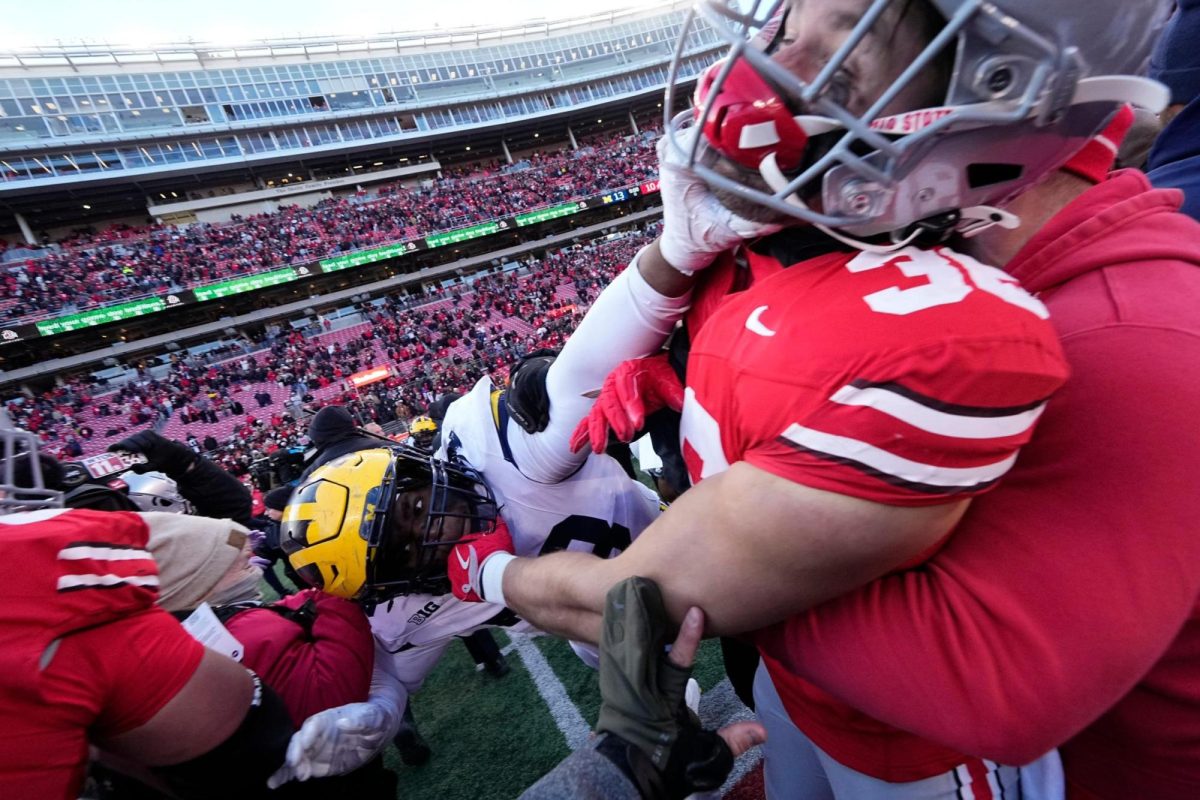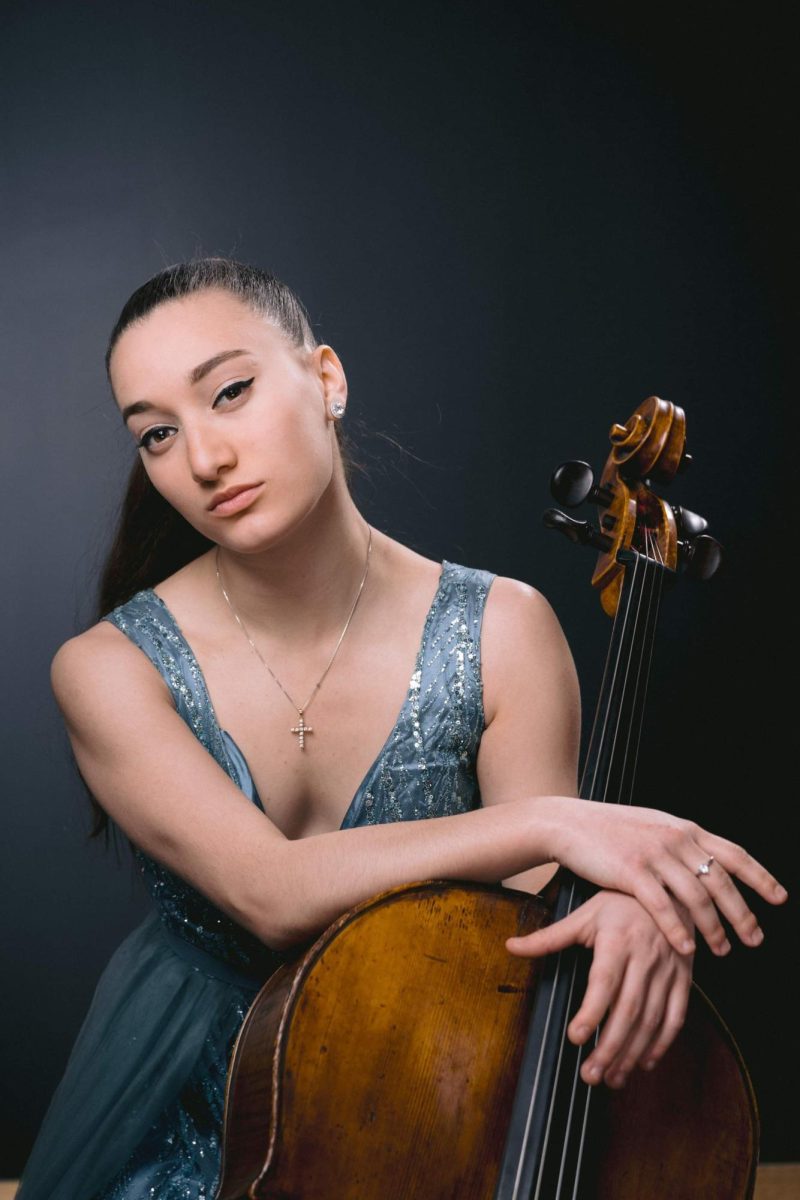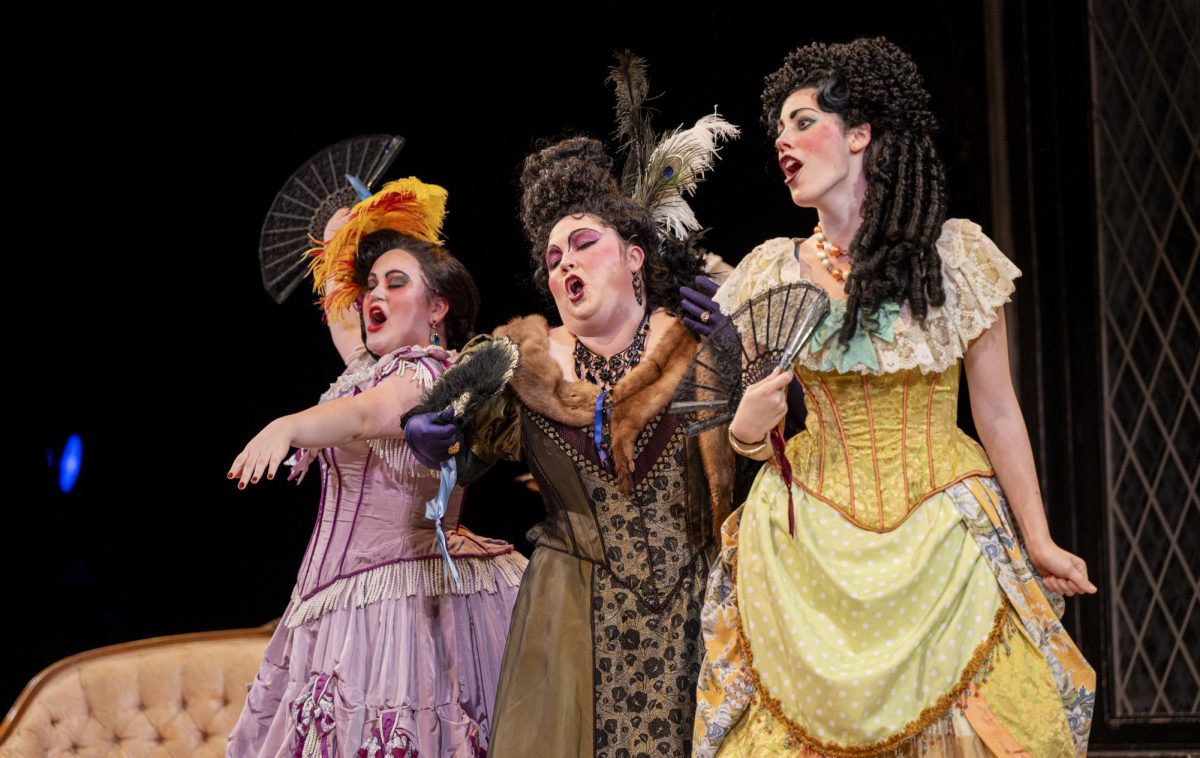Weigl Exhibit Shuns Beauty
May 9, 2014
Overlooking the value of art in the study of history is a common mistake. While history often focuses on objective investigation, art has the power to inject emotion and beauty from the present into the past, providing an essential dimension to historical events. The Usual Suspects, an exhibition of former Oberlin professor Jean Kondo Weigl, is a prime example of this infusion of bland historical facts with passion and humanity. The exhibit, which opened in the Baron Gallery in Dewy Ward ’34 Alumni Center on May 2, runs through May 16.
The exhibition is thematically two-fold. One series of paintings is a clear depiction of American history with various references to indigenous American peoples and their culture. Alongside this thematically-related series of paintings are abstract works of ink on paper. While the references to indigenous culture can be seen in nearly every nonabstract work, to say that it provides a narrative or structure for the series is presumptive. Instead of depicting a clear narrative, Weigl uses her artistic vision to shine light on the humanity of history.
Weigl’s style can be placed somewhere comfortably between modern and realist, but her craft remains clearly her own. The works exhibited in The Usual Suspects don’t attempt fascination by accuracy; they attract thought by rejecting the notion entirely. Her paintings portray caricatured faces, outlined canoes and purposefully or arbitrarily drippedpaints. Shunning beauty, she invites thought and focus into the piece’s identity. Through faded colors and distorted heads, viewers are asked to look past the visual aspect and venture into the why of each character. Weigl shows us bodies in a canoe. She shows us two men carrying a naked woman between them on a plank. At the same time, her history isn’t meant to reflect what happened at all.
Weigl’s attempt to promote reflection in the viewer succeeds for this reason. Viewers likely have at least a basic idea of American history, but how many of those viewers have seen a reflection of what that may have felt like? Dehumanization via contortion asks many questions; Weigl is certainly not promoting the idea of the inhuman native. Is she asking us to consider how strangely they may have felt or the absurdity of the situation as a whole, or making a statement on humanity’s capability for inhumane and inhuman relationships? The answer isn’t offered by Weigl directly — but that’s not what art is about. History, as told through the artist’s works, can be great simply for how it stimulates the mind to think differently, to replace words with faces and to force the viewer to answer the question themselves.
The Usual Suspects is a fascinating exhibit for those passionate about history or those attracted to strange faces and gloomy fixations. While Weigl’s days as an instructor at Oberlin are over, her presence fills the Baron Gallery until the end of the semester. It is an experience of great value for students and non-students alike.


